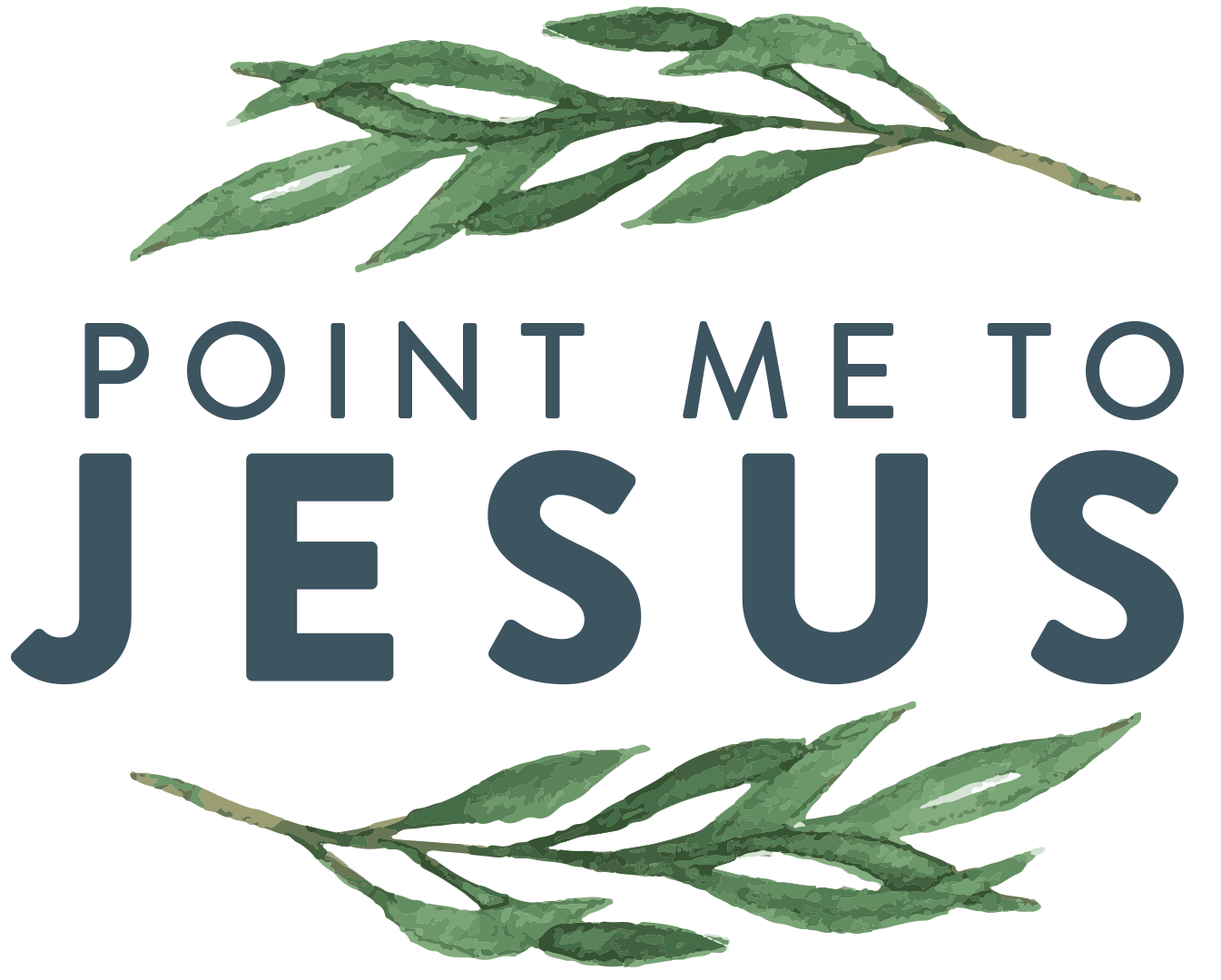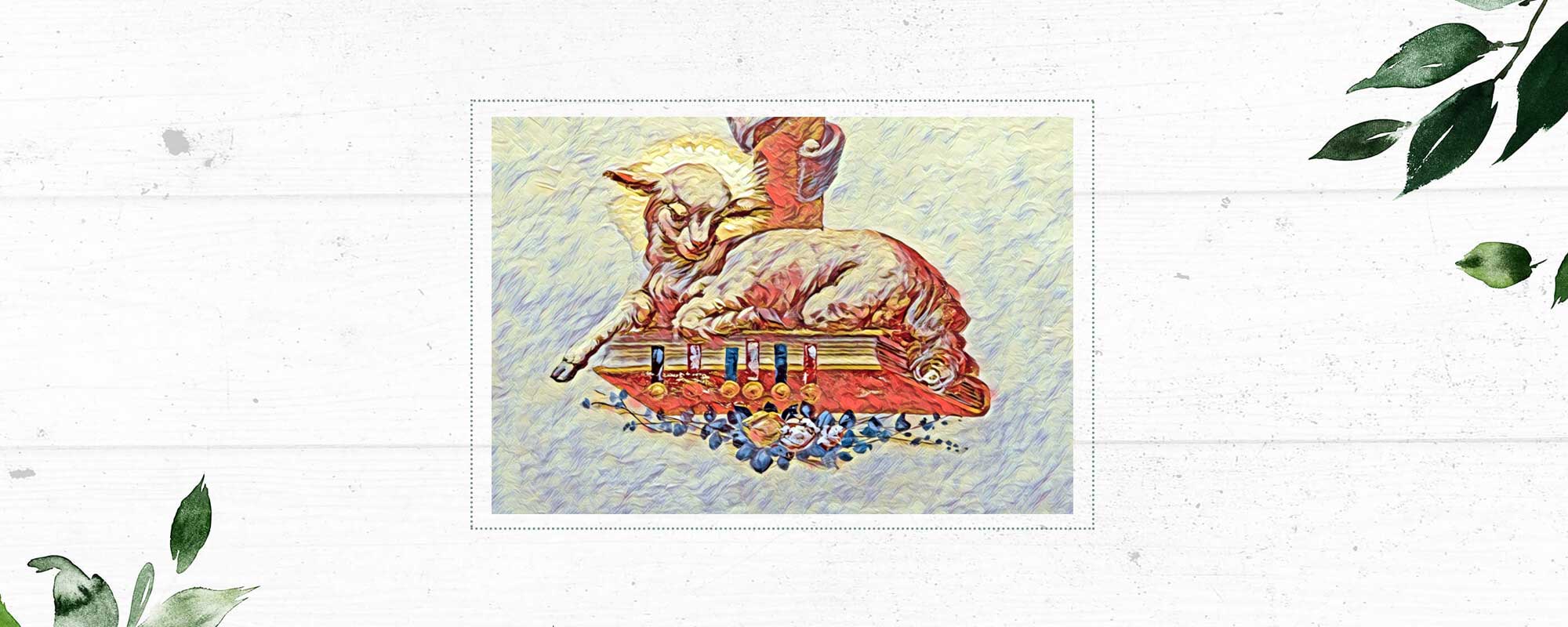Jesus in the Old Testament
Types, Christophanies, and Prophecies of the Savior
“The new is in the old concealed; the old is in the new revealed.”
—Augustine
On the morning of the resurrection, two disciples were walking to Emmaus while discussing the events surrounding the crucifixion. As Jesus joined them, He asked what they were talking about. He already knew, but He wanted to reveal to them their lack of understanding of His role in God’s eternal plan, so “beginning with Moses and all the Prophets, he explained to them what was said in all the Scriptures concerning himself” (Luke 24:25-27 NIV).
No doubt the long trek to Emmaus took several hours, and it surely took Jesus that long to explain the references to Himself in the Old Testament. He is its central focus and He appears throughout in types, Christophanies, and prophecies.
The Scarlet Road to Redemption
Join me in a stroll down the winding path of the Old Testament, where we’ll marvel over the “scarlet thread” of redemption woven through its pages from beginning to end. The scarlet thread represents the shed blood of Jesus, part of the Divine plan from eternity past. Jesus, the Son of God and second member of the Trinity, was destined to die in our place for our salvation, and the plan for that redemption began unfolding soon after Creation.
Genesis
Our journey begins in the very first chapter of Genesis in verse 26, where we see Jesus’ first appearance. The plural pronouns “us” and “our” indicate that all three persons of the Trinity — the Father, the Son, and the Holy Spirit — were involved in Creation: “God said, “Let us make mankind in our image, in our likeness….” (Gen. 1:26 NIV).
As we trod the Genesis trail through Chapter 3, we look on sadly as Adam and Eve disobey God, leaving them and their descendants desperately needing a Savior. God promises their future rescue in Genesis 3:15: “He will crush your head, and you will strike his heel” (NIV), meaning that Jesus will eventually crush Satan, but Jesus will suffer in the process.
God clothes Adam and Eve in animal skins to cover their nakedness. This foreshadows the death of animals in the coming Old Testament sacrificial system, which will temporarily cover sin. That system pictures Jesus’ death, which will permanently remove the sins of those who call on Him for forgiveness. The Levitical system demands the continual sacrifice of animals — millions upon millions over the centuries — to cover the sins of the people of Israel. We can’t appreciate the unfathomable blessing of the covenant of grace in the New Testament until we understand the enormous burden of the law in the Old Testament.
As we pass through Genesis Chapter 4, we see God accept Abel’s blood sacrifice, another foreshadowing of Jesus’ crucifixion, and reject Cain’s grain sacrifice because it’s a product of his own labor, signifying that only Jesus’ sacrifice is acceptable and that our good works won’t pay for our sins.
We continue down the path of Genesis and discover the wonderful truths that:
- Noah’s Ark is a type of Jesus, who provides a place of refuge from the holy judgment of God.
- Melchizedek, whose name means “king of righteousness,” is a type of Christ because he’s a priest (an intercessor), just as Jesus is our heavenly king and the priest who makes intercession with God on our behalf.
- Abraham obeys God’s command to take his son Isaac to Mt. Moriah to offer him as a sacrifice, foreshadowing Jesus’ crucifixion centuries later. Jesus Himself, as the angel of the Lord, stops Abraham from carrying out the sacrifice. The temple is eventually built on Mt. Moriah, and in the distant future, Jesus is crucified near the very site where Abraham offered Isaac.
- Joseph is a type of Christ because he is unjustly persecuted, but God raises him up to a position of great honor anyway. And God uses the evil plans against Joseph to save the nation of Israel, just as God transforms the evil plans against Jesus into the very blessing by which He offers eternal life to the whole world.
Exodus
Leaving Genesis behind, we journey through Exodus and see the Israelites suffering in slavery under the Egyptians. But God hasn’t abandoned them. He has planned to help them escape captivity and bring them into the Promised Land. And we see Jesus throughout these pivotal events:
- Like Jesus, Moses is born into poverty and is called to lead his people into freedom and intercede on their behalf.
- Before fleeing Egypt, God instructs the Israelites to sacrifice a male lamb or goat without blemish (picturing Jesus, the sinless Savior) and sprinkle its blood on the doorpost and lintel of their homes so the Angel of the Lord (the preincarnate Jesus) will pass over them as He strikes dead the firstborn sons of the Egyptians as a final judgment upon them.
- When two Israelite spies scout the city of Jericho, they tell Rahab the harlot that she can be saved by lowering a scarlet cord (which pictures the blood of Jesus) out of her window in the city wall to signal a request for mercy. As an act of faith in the God of Israel, she lowers the cord and is rescued. In God’s providence, she becomes an ancestor of David and Jesus.
- The Mercy Seat rests on the Ark of the Covenant in the Holy of Holies inside the Tabernacle (and later the Temple). Once a year, on the Day of Atonement, the High Priest sprinkles blood on the Mercy Seat, which makes it a type of Christ, as it foreshadows the propitiation, or satisfaction of the sin debt, that Jesus will pay for man on the cross.
- Also on the Day of Atonement, the High Priest places his hands on the head of the “scapegoat” and confesses the sins of Israel, symbolically transferring their sin to the goat. The goat is then led out of the city, carrying the sin of the people away, picturing how Jesus takes the sin of the world on Himself and removes it from those who trust in Him.
- When the Israelites are thirsty in the desert, Moses strikes the rock of Horeb and provides water, picturing Jesus as the living water.
- The Israelites have no food in the desert, so God provides manna for them, just as Jesus is the bread of life.
- After the Israelites complain about God and Moses, God sends serpents among them, and many are bitten and die. God instructs Moses to make a bronze serpent and hang it on a pole. Those who are bitten and look upon the serpent will live. Jesus is hung on a cross, and those who look upon Him in faith are healed from the poisonous penalty of sin.
There are far more types of Christ than we can explore in our journey, but they include Jacob’s Ladder; the structure, furniture, and implements of the Tabernacle and Temple; the red heifer; the cities of refuge; and the kinsman-redeemer.
Christophanies
In our journey through the Old Testament, we see Christophanies, or preincarnate appearances of Jesus. We know it’s Jesus when He is described as “the angel of the Lord (or God), rather than an angel of the Lord, one of the many created angels. The fact that Jesus is called an angel doesn’t mean that He’s an angel like the created angels. He always has been and always will be God, but the word “angel” means messenger, and that’s the role in which He is functioning as the angel of the Lord. We also know He is Jesus when He accepts worship, which is appropriate because He is God, whereas the created angels don’t accept worship.
- The angel of the Lord speaks to Hagar in the desert after she flees Sarah.
- The angel of the Lord stops Abraham from slaying Isaac.
- The angel of the Lord speaks to Moses from the burning bush.
- As the Israelites travel through the desert, they’re led and protected by the angel of the Lord, who appears as a cloud by day and a pillar of fire by night.
Like the many types of Christ, there are more Christophanies than we can cover in our tour of the Old Testament, so we’ll continue on to its fascinating predictions about Jesus.
Prophecies
According to an article on The Jesus Film website (bit.ly/JesusFilm-Prophecies), “some scholars believe there are more than 300 prophecies about Jesus in the Old Testament.” This further highlights Jesus’ central role in the Old Testament.
Isaiah Chapter 53 is one of the most striking prophecies about Jesus, as it gives a clear picture of Him as the suffering Savior, unlike the Messiah that Israel expected: In this psalm, written around 700 years before Jesus’ birth, we learn that He would be “despised and rejected,” “pierced for our transgressions,” “oppressed and afflicted, yet he did not open his mouth,” “assigned a grave with the wicked, and with the rich in his death,” and “was numbered with the transgressors.”
The Scarlet Road Leads to Amazing Grace in the New Testament
As we reach the end of our journey, we’re reminded that Jesus is seen in virtually every chapter and page of the Old Testament., and that’s why it’s still relevant to us today. Jesus is the Alpha and Omega, the beginning and end. Colossians 1:15-17 sums this up well: “He is the image of the invisible God, the firstborn of all creation. For by him all things were created, in heaven and on earth, visible and invisible, whether thrones or dominions or rulers or authorities — all things were created through him and for him. And he is before all things, and in him all things hold together” (ESV).
Dan Brownell, editor of Today’s Christian Living, is a graduate of Liberty University with a bachelor’s degree in English. He taught junior high and high school English at an international Christian school in Uijongbu, South Korea, before entering the publishing field. He has worked as an educational test writer and editor, copywriter, proposal writer, and book and magazine editor. He is married to his sweetheart, Cathy, whom he met in college. They have two children—Elizabeth and Josh—a dog, and, according to Dan, way too many cats.



